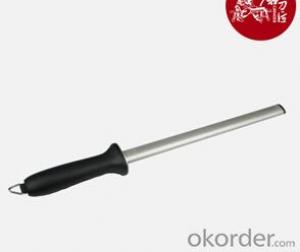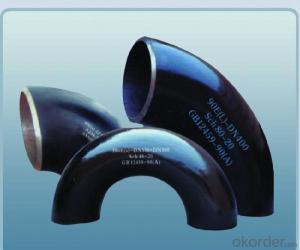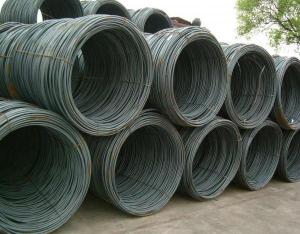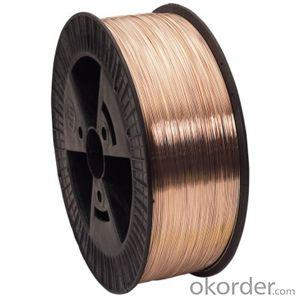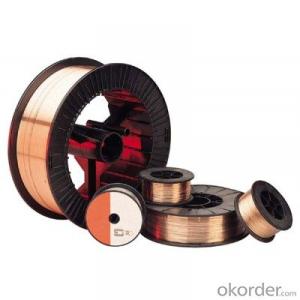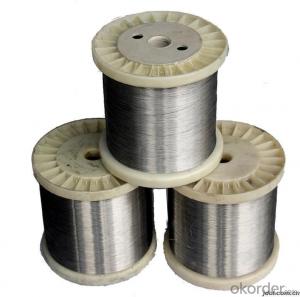Stainless Steel Closet Rod
Stainless Steel Closet Rod Related Searches
Best Paint For Stainless Steel Blanket Insulation For Steel Buildings Primer For Galvanized Steel Foam Filter For Stainless Steel H S Code For Stainless Steel Surface Grinding Wheels For Stainless Steel Surface Grinding Wheels For Hardened Steel Hole Saw For Stainless Steel Paint For Stainless Steel Stainless Steel For BbqHot Searches
Steel Mesh Panels For Sale Price For Stainless Steel Scrap Scrap Price For Stainless Steel Price For Stainless Steel Stainless Steel Tank For Sale Stainless Steel Sheets For Sale Cheap High Tea Sets For Sale Stainless Steel Tanks For Sale Stainless Steel For Sale High Density Fiberboard For Sale Solar Hot Water Collectors For Sale Scaffolding For Sale In Uae Scaffolding For Sale In Ireland Scaffolding For Sale In Houston Type Of Inverter For Solar Price Of Shipping Containers For Sale Types Of Inverter For Solar Stock Price For Aluminum Used Solar Inverter For Sale Steel Mesh Panels For SaleStainless Steel Closet Rod Supplier & Manufacturer from China
Okorder.com is a professional Stainless Steel Closet Rod supplier & manufacturer, offers integrated one-stop services including real-time quoting and online cargo tracking. We are funded by CNBM Group, a Fortune 500 enterprise and the largest Stainless Steel Closet Rod firm in China.Hot Products
FAQ
- Stainless steel wire is not typically employed as fishing line; it lacks the essential qualities for effective fishing. Despite its immense strength and corrosion resistance, stainless steel wire is unsuitable due to its thickness and weight, making casting and manipulation in water challenging. Moreover, it lacks the flexibility and stretch necessary to absorb the impact of a fish biting or resisting against the line. Consequently, fishing lines crafted from materials such as nylon or fluorocarbon, which possess the required properties, are preferred for fishing endeavors.
- The available wire sizes for stainless steel wire vary depending on the specific application and industry requirements. They can range from very thin gauges like 0.001 inches (0.0254 mm) up to thicker sizes like 1/4 inch (6.35 mm) or even larger diameters.
- Multiple strands of stainless steel wires are intertwined to construct stainless steel wire rope. Typically, there are three main components involved in the construction: wires, strands, and the core. The wires used in stainless steel wire rope are usually made of corrosion-resistant stainless steel alloy. These wires are thin and flexible, making it easy to weave them together. The quantity of wires used can vary, depending on the desired strength and flexibility of the final product. Next, the wires are twisted together to create strands. The number of wires in each strand can also vary based on specific application requirements. This twisting process adds strength and stability to the wire rope. Lastly, the strands are twisted around a core to form the final stainless steel wire rope. The core can be made of different materials like fiber or steel, providing additional strength and support to the wire rope. In summary, the construction of stainless steel wire rope involves the meticulous intertwining of multiple strands of stainless steel wires. The end result is a strong and durable product that is resistant to corrosion, suitable for a wide range of applications.
- What are the uses of stainless steel fiber yarn?
- With many advantages of stainless steel fiber, stainless steel fiber is widely used in electronics, chemical, mechanical, military, textile, food, pharmaceutical and other industries, and has opened up a broad application prospect. In the textile industry as an example, the stainless steel fiber is mainly used in metal fiber anti radiation clothing making, Jing Qi metal fiber radiation-proof clothes is radiation-proof clothes in the history of the development of the third generation of radiation protection products, it uses stainless steel fiber and cotton fiber blended process, also is the metal drawn into filaments, the formation of network structure in the internal fabric.
- Stainless steel wire mesh is available in various constructions, each suited for specific applications. Some of the different constructions of stainless steel wire mesh include: 1. Plain Weave: This is the most common and simplest weave pattern, where the wires are woven in a simple over-under pattern. It offers a balanced and strong mesh, suitable for general applications. 2. Twill Weave: In this weave pattern, each weft wire passes over two warp wires and under two warp wires. This construction results in a diagonal pattern, providing increased strength and durability. Twill weave is commonly used for heavy-duty applications. 3. Dutch Weave: In Dutch weave, the warp wires are thicker than the weft wires, resulting in a tight mesh with smaller openings. This construction offers excellent filtration capabilities and is commonly used for fine filtration applications or as support screens. 4. Reverse Dutch Weave: This weave pattern is the opposite of Dutch weave, where the warp wires are thinner than the weft wires. It creates a strong and rigid mesh with larger openings, making it suitable for applications requiring high flow rates and heavy loads. 5. Welded Mesh: Instead of weaving, welded mesh is created by welding the intersecting wires together at each junction point. This construction offers high strength and stability, making it ideal for applications that require a rigid mesh structure, such as security fencing or machine guards. These different constructions of stainless steel wire mesh allow for versatility in terms of strength, durability, filtration capabilities, and application suitability. The choice of construction depends on the specific requirements of the intended application, such as filtration, separation, protection, or support.
- The sizes of stainless steel wire commonly used depend on the application and industry requirements. Stainless steel wire comes in a wide range of diameters, usually between 0.001 inches (0.0254 mm) and 0.375 inches (9.525 mm), and sometimes even thicker for specialized uses. For general purposes, stainless steel wire sizes typically range from 0.020 inches (0.508 mm) to 0.080 inches (2.032 mm) in diameter. These sizes are commonly used in construction, automotive, and manufacturing industries for various applications such as wire mesh, springs, fasteners, and electrical components. In certain specialized applications like medical devices or intricate electronic components, stainless steel wire with diameters as small as 0.001 inches (0.0254 mm) may be necessary. On the other hand, heavy-duty industrial applications might require stainless steel wire with diameters larger than 0.375 inches (9.525 mm). It's important to note that stainless steel wire is available in different grades, each with its own unique properties and suitable uses. The most common grades are 304, 316, and 316L stainless steel, which have different levels of corrosion resistance, tensile strength, and temperature resistance. These factors can influence the choice of wire diameter for specific applications. Ultimately, the selection of stainless steel wire size depends on the intended use and specific requirements of the project or application. Seeking advice from a trusted supplier or industry expert can help determine the appropriate wire size for optimal performance and durability.
- Yes, stainless steel wire can be used for wire harnesses. It is known for its strength, durability, and resistance to corrosion, making it a suitable choice for various applications, including wire harnesses.
- Bridges commonly utilize various types of stainless steel wire ropes. These options include: 1. The 1x19 construction, which involves twisting together 19 individual strands of stainless steel wire in one direction. It boasts high strength and excellent corrosion resistance, making it a suitable choice for bridge construction. 2. The 7x19 construction, which consists of seven strands, each containing 19 individual wires. This construction offers enhanced flexibility and durability, making it ideal for applications requiring bending or twisting of the wire rope. 3. The 6x19 construction, similar to the 7x19 construction, comprises six strands, with each strand consisting of 19 individual wires. It strikes a good balance between strength, flexibility, and resistance to corrosion, making it suitable for various bridge applications. 4. The 6x36 construction, made up of six strands, with each strand containing 36 individual wires. It provides increased flexibility and fatigue resistance, making it suitable for long-span bridges or applications with constant movement or vibration. 5. The 7x7 construction, composed of seven strands, with each strand containing seven individual wires. It offers good flexibility and is commonly used in bridge applications requiring a lighter load capacity. The selection of these stainless steel wire ropes for a bridge project depends on specific requirements such as load capacity, span length, flexibility needs, and corrosion resistance. Each type offers unique properties and advantages, enabling engineers to choose the most appropriate wire rope for a particular bridge design.
















